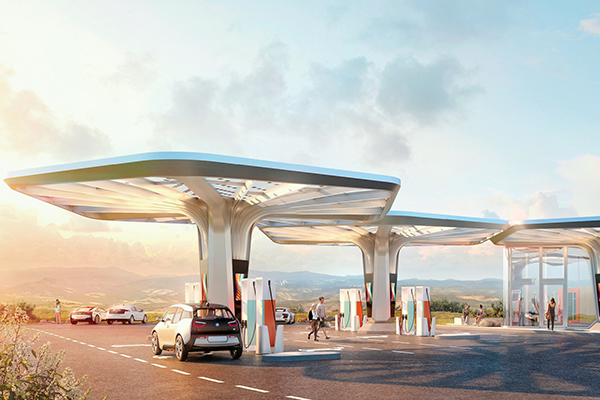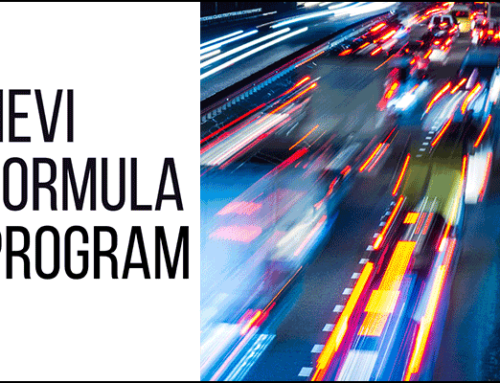We’ve all been there where we’ve tried something new, stepped out of our comfort zone, and dove into something we aren’t familiar with head first, and then you’re left wondering if we’re making a huge mistake or if you already looked like a pro. In today’s, we will talk about the unspoken rules of EV charging and some important things you need to know.

Blocking Chargers
Don’t block a charger if you’re not actively charging. We see this all the time on road trips. Someone has parked at a charging station while not even plugged in, or they’re plugged in fully charged and are sitting idle at the station. This is a big No-No in the EV world. Even if other chargers appear open, they might not work properly. You might be blocking the only working charger regardless of if other chargers appear open or not moving your car if you’re not actively charging. Just because EV charging is marked as EV parking only doesn’t mean you should park there if you don’t need a charge, you don’t park at gas pumps, and you shouldn’t park at charging stalls either
Don’t Charge Too Long
In most cases, you won’t need to charge to 100 to get to the next Charger or your destination, so especially at busy Chargers, try only to get the charge you need and move on. For example, if your destination or the next Charger is 100 miles away or less, only get the charge you need to get that 100 miles or provide yourself with a small buffer and then move on.
Remember, most of the time, doing short, frequent charging stops a faster way to travel in an EV, so moving on once you have the charge you need is not only benefiting you, it’s benefiting others who may be waiting for a charge it can be a bit of a shift if you’re new to EVS because you’re used to filling your tank to 100 when you’re at the gas station, but for an EV the rule is to get the charge you need and go
Charge at the Right Speed
Know what charger your car uses. Only charge on a charger as fast as your vehicle can handle, some vehicles are capable of charging at faster rates of speed than others. If your vehicle can’t charge at higher speeds, only take a 350-kilowatt charger if available.
Most charging stations have a variety of speeds, just like gas stations have a variety of octane, just like you wouldn’t put high octane gas in a vehicle that doesn’t need it. Don’t charge a car on a high kilowatt charger that doesn’t need it. If you’re not sure what speeds your vehicle is capable of charging at, check your owner’s manual or do a quick Google search to find out a search for the year, make and model of your car with Max charge kilowatt, and you’ll find the max kilowatt, your vehicle can handle at one time
Leave it Better Than you Found It
When visiting a charger, you should always leave the area better than you found it. Only some charging stations provide a trash can near the Chargers, but that doesn’t mean you should leave trash lying around the ground. Leaving trash or otherwise making a charger unsightly will discourage business owners from installing Chargers. The last thing we need is another hurdle to overcome when getting more charging available. We suggest taking all of your trash with you if there isn’t a trash can near the Chargers or if it’s overflowing. We also like to help pick up any Trash refined lying around at a charging station so we can leave it better than we found it.
Keep it Between the Lines
Take a minute to check that you are using a charger dedicated to the location or that you are leaving room for others.
Report Broken Chargers
Aside from rating your charge, you should also report broken charges to the company on their app. The more reports of a broken charger get, the better the chances someone will come out to fix it. So while it might not seem necessary to report a broken charger you’re not using, it is important foreign if you pull up to a station and there are several Chargers open, take a second to consider who might pull up after you. Someone in a large truck like a Hummer EV or lightning may need a bigger space, or someone may be towing a trailer. How can you help those people out? Often leaving the end stations open is a kind gesture to people who may need more space.
what are some Unwritten rules of charging you’ve seen broken or what questions do you have about charging etiquette? Welcome to add and discuss with us. By following these simple guidelines, you can ensure a positive experience for yourself and other EV drivers when using public charging stations.














